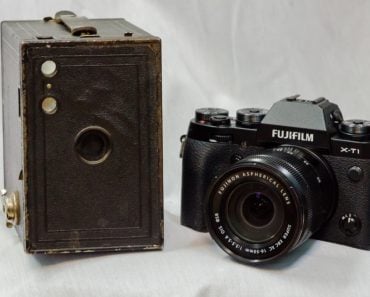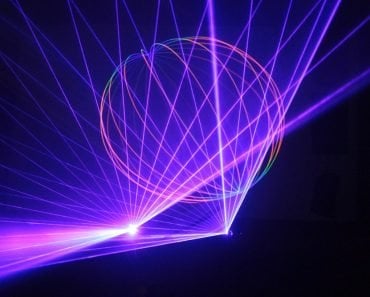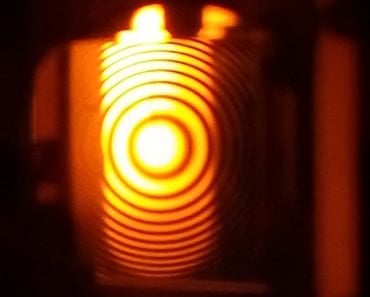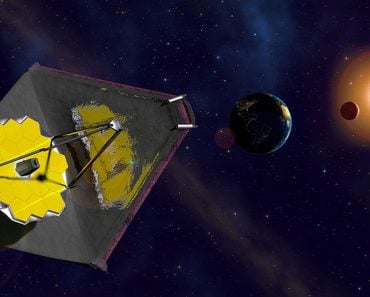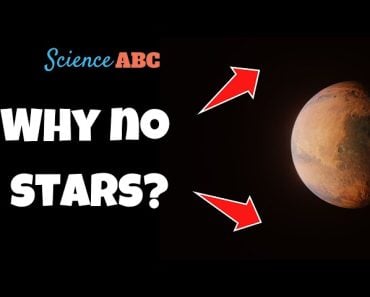Table of Contents (click to expand)
A Newtonian Telescope is a reflecting telescope that uses a combination of mirrors to form an image. It was invented by Sir Isaac Newton as an alternative to the refractive telescope. The primary reason for the invention of the reflecting telescope was to combat the chromatic aberrations that occurred in the refractive telescopes.
Whenever we hear the word “telescope”, we instinctively think of a refracting telescope. It isn’t wrong to think along those lines, as lenses and refraction are what we intuitively associate with telescopes. However, did you know that some of the best telescopes in the world do not rely on the principle of refraction, but rather reflection, as their main method of viewing celestial objects? Before we take a look into what Newtonian telescopes are, let’s establish an understanding of reflecting telescopes.
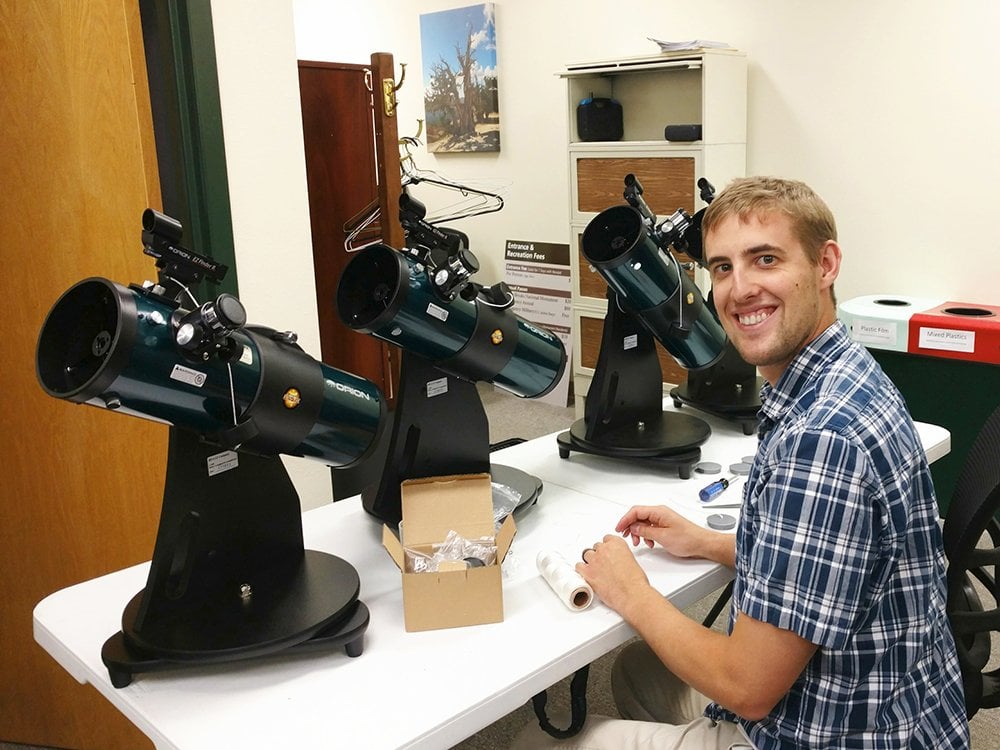
Recommended Video for you:
Reflecting Telescopes
A reflecting telescope—more commonly known as a reflector—is a telescope that forms an image by reflecting light from a combination of mirrors. The first reflecting telescope was invented by Sir Isaac Newton as an alternative to the refractive telescope. The primary reason for the invention of the reflecting telescope was to combat the chromatic aberrations that occurred in the refractive telescopes. A chromatic aberration occurs when a lens is unable to focus all the desired colors on to a single point.
Almost all research-grade telescopes are reflectors. The reasons for their widespread popularity include:
- The reason for this is that reflecting telescopes work in a broad spectrum of light, since specific wavelengths are absorbed when passing through glass elements, such as the lenses in a refractive telescope.
- In a lens (as in the case of a refractive telescope), the entire volume of the material must be free from impurities and inhomogeneities. On the flip side, though, a mirror only needs to be polished on the surface.
- When light travels through any other medium apart from a vacuum, the speed of light changes, which causes chromatic aberration. To overcome this, a refractive telescope system must employ a combination of two or three aperture size lenses. The cost of building such a telescope is therefore significantly higher. On the other hand, the image obtained from the mirror of a reflecting telescope does not face the same issue of chromatic aberration.
Now that we understand why reflector telescopes are preferred, let’s take a look at how a Newtonian telescope works.
Also Read: How Do Different Types Of Telescopes Work?
Newtonian Telescope Design
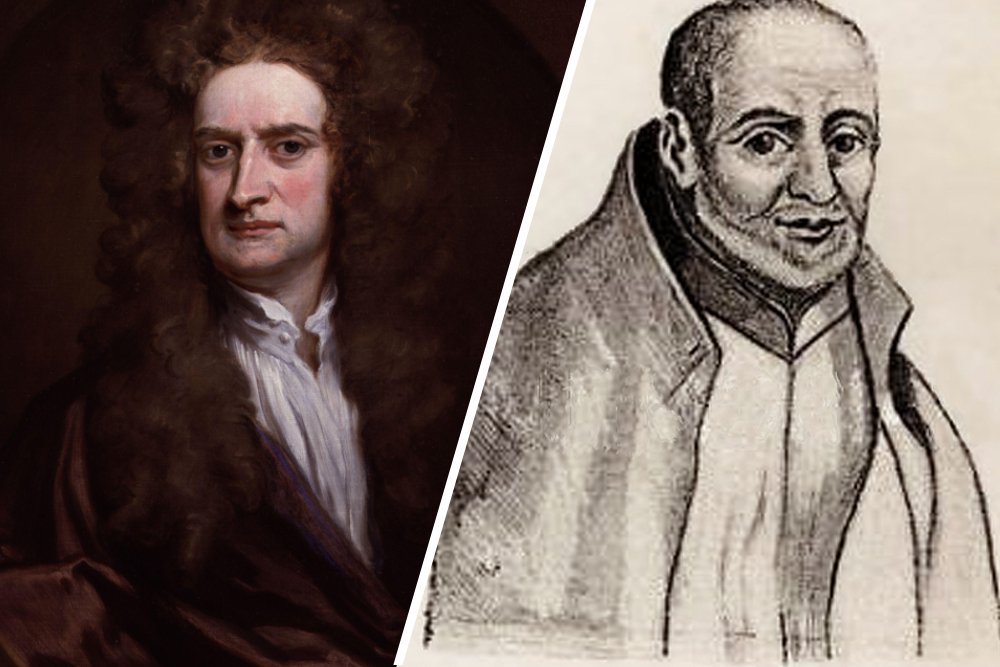 The Newtonian reflector is a classic mirror telescope design, and Isaac Newton first built this telescope in 1668. Newton was further developing an existing telescope design, one like the physicist Zucchi had already constructed in 1616, which employed a mirror. Newton’s idea was to install a flat reflecting mirror into the telescope tube. Light would first enter the top of the telescope tube. At the lower end, there is a primary mirror that is either spherical or parabolic in configuration. This mirror reflects the light upwards. To prevent the image from being focused in front of the tube opening (and thus obscured by your head!), there is a secondary mirror inside the top of the tube. This is a plane mirror that deflects the light beam by 90°, thus directing it out the side of the tube. The light enters the focuser here, into an eyepiece that can be inserted for observation. Focusing takes place by turning a focus wheel on the focuser so that the eyepiece is moved towards or away from the telescope tube.
The Newtonian reflector is a classic mirror telescope design, and Isaac Newton first built this telescope in 1668. Newton was further developing an existing telescope design, one like the physicist Zucchi had already constructed in 1616, which employed a mirror. Newton’s idea was to install a flat reflecting mirror into the telescope tube. Light would first enter the top of the telescope tube. At the lower end, there is a primary mirror that is either spherical or parabolic in configuration. This mirror reflects the light upwards. To prevent the image from being focused in front of the tube opening (and thus obscured by your head!), there is a secondary mirror inside the top of the tube. This is a plane mirror that deflects the light beam by 90°, thus directing it out the side of the tube. The light enters the focuser here, into an eyepiece that can be inserted for observation. Focusing takes place by turning a focus wheel on the focuser so that the eyepiece is moved towards or away from the telescope tube.
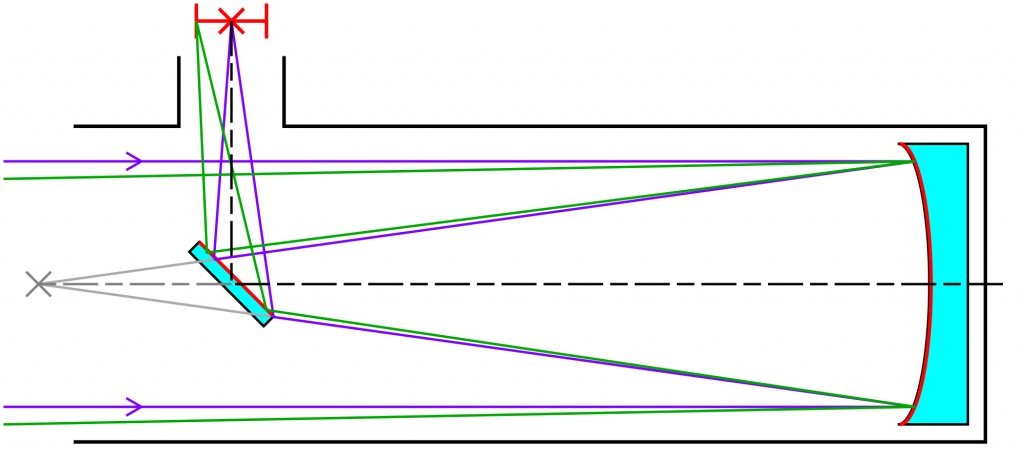
Catadioptric Telescope
There are also Newtonian telescopes that do not conform to the ‘classic’ design, but instead have an additional lens or corrector plate. These instruments are called catadioptric Newtonian telescopes. Schmidt-Newtonian telescopes contain a Schmidt corrector plate mounted in front of the telescope. The plate creates a closed system, which means that there is always the same air in the tube, ensuring that it does not quickly change in temperature. Another advantage of the plate is that the plate corrects any aberrations arising from the primary mirror. The secondary mirror is mounted behind the Schmidt plate, so the spider vane mounting does not interfere.
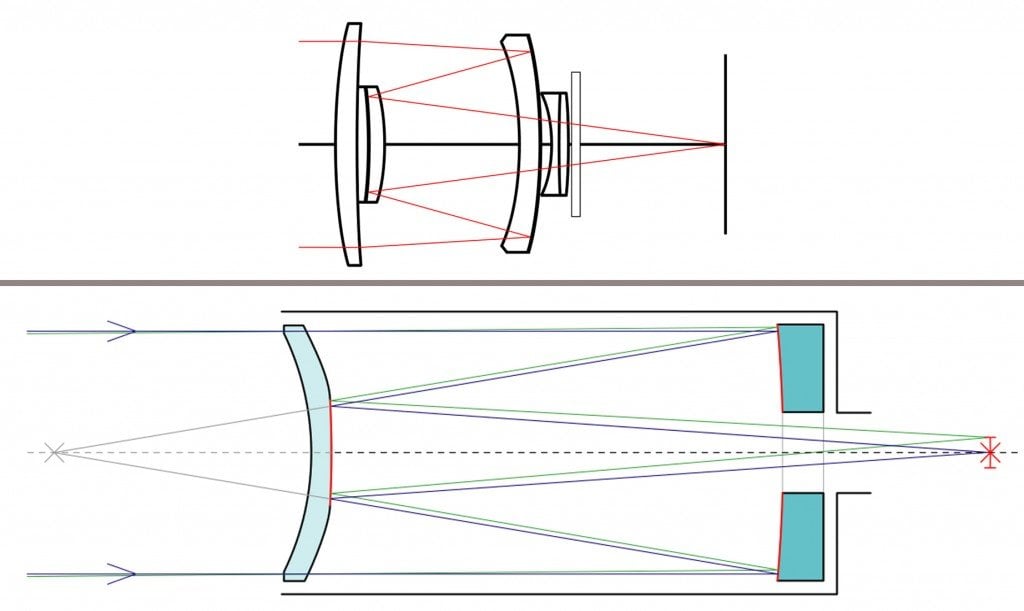
However, there are other catadioptric Newtonian telescope designs that lack a Schmidt plate. These variations have a Barlow lens (or a similar lens) incorporated into the light beam’s path to increase the focal length. This allows the overall telescope tube length to remain short, while the focal length can be made as long as possible.
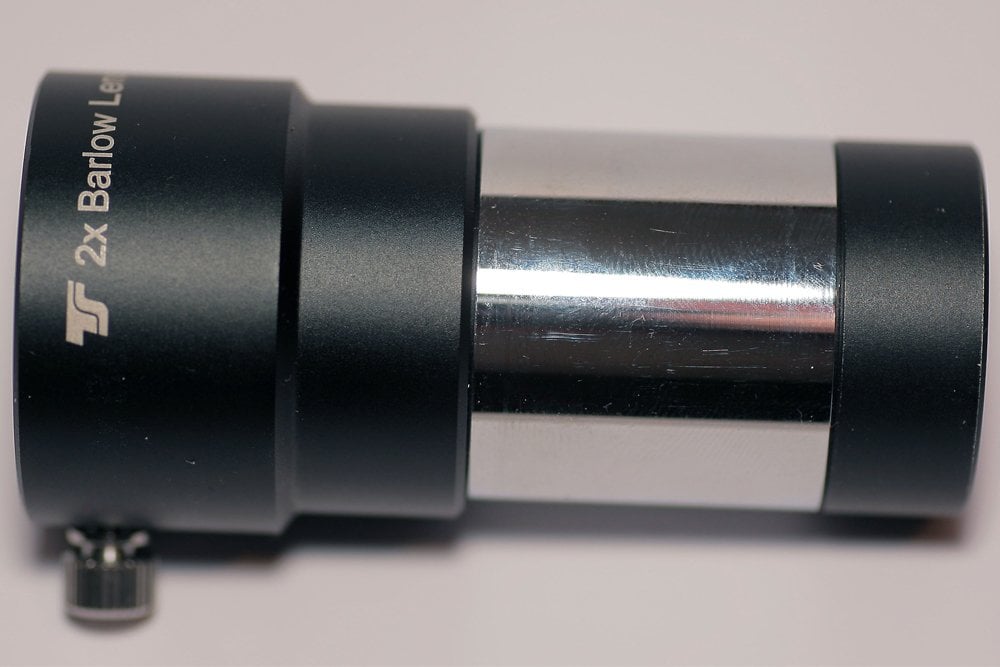
Barlow Lens
A Barlow lens is always a component with a diverging lens that increases the focal length. These telescopes have a disadvantage, however, that their optical imaging quality can be adversely affected by the Barlow lens. A far greater downside is that these systems are relatively difficult to collimate. This is because you must be able to see a reasonably large image of both the primary mirror and secondary mirror when collimating a Newtonian telescope, but their design makes this very difficult. However, some of these telescopes allow users to unscrew the Barlow lens for this purpose.
When all is said and done, Newtonian Telescopes are recommended across the spectrum of astronomers—from first-time stargazers to lifelong professionals!
Also Read: How Do Binoculars Work?

